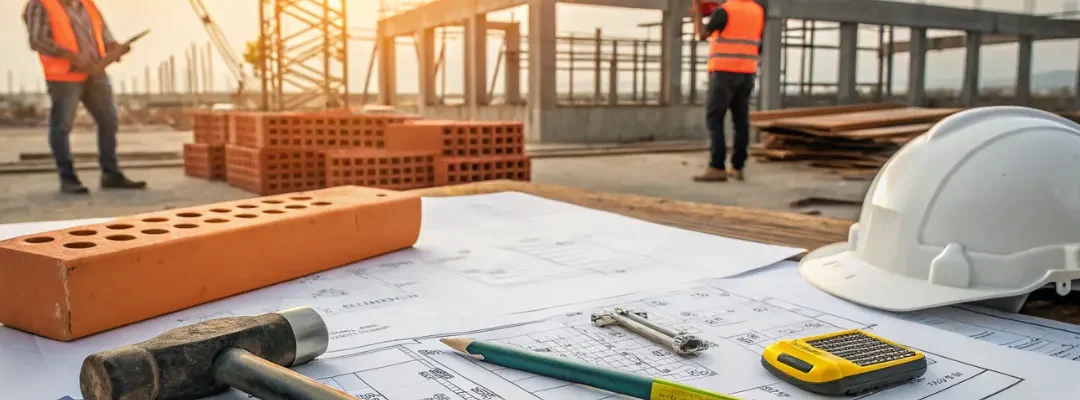Construction projects—whether it’s a home, office, or infrastructure build—involve significant financial investment. One of the biggest challenges for owners and contractors alike is keeping the project within budget. Costs often spiral due to unforeseen factors, poor planning, or market changes.
In this guide, we’ll break down the key factors that affect construction costs so you can plan smarter, avoid surprises, and ensure your project stays financially viable.
1. Location of the Project
Where you build has a direct impact on overall cost.
- Urban areas: Higher land prices, labor rates, and stricter regulations.
- Rural areas: Lower labor/material costs, but logistics and transportation add expenses.
- Remote sites: Higher costs for mobilization, worker accommodation, and material delivery.
2. Type and Quality of Materials
The choice of building materials significantly influences costs.
- Premium materials (marble, hardwood, structural steel) raise costs.
- Locally sourced materials reduce transportation and import fees.
- Sustainable/green materials may have higher upfront costs but reduce lifecycle expenses.
Fluctuations in cement, steel, and fuel prices can change costs mid-project.
3. Labor Costs and Availability
Labor is a major expense in construction.
- Skilled labor shortages can increase wages.
- Regional wage differences impact costs.
- Productivity levels (efficiency of workforce) affect timelines and expenses.
4. Project Size and Complexity
- Small/simple projects cost less but may have higher per-square-foot costs.
- Large/complex projects (skyscrapers, bridges) involve specialized techniques and equipment.
- Unique design features (curves, custom finishes) require more skilled labor and time.
5. Construction Technology and Methods
- Traditional methods may be slower and labor-intensive.
- Modern methods (prefabrication, modular construction, 3D printing) can reduce costs and timelines.
- Investment in technology requires upfront spending but improves efficiency.
6. Project Duration and Timeline
The longer a project takes, the higher the costs due to:
- Extended labor, equipment rentals, and supervision.
- Inflation impacting material prices.
- Delay penalties in contracts.
Fast-tracked projects may require overtime pay or additional resources, increasing costs.
7. Permits, Approvals, and Legal Compliance
- Costs vary by city/state depending on building codes and environmental laws.
- Permit fees, inspection charges, and taxes add to expenses.
- Non-compliance leads to penalties or demolition costs.
8. Environmental and Site Conditions
- Soil conditions may require special foundations.
- Weather (monsoons, snow, extreme heat) delays work.
- Topography (hills, waterlogged areas) adds excavation and stabilization costs.
9. Design Changes and Scope Creep
- Client-requested changes after work has started increase rework and waste.
- Unclear project scope leads to cost overruns.
- Poor communication between owner, contractor, and architect magnifies expenses.
10. Supply Chain and Logistics
- Distance from suppliers impacts transportation cost.
- Shortages in cement, steel, or timber can spike costs.
- Import duties and global market volatility affect imported materials.
11. Equipment and Machinery
- Heavy machinery rentals (cranes, excavators) add significant costs.
- Frequent breakdowns or inefficient usage increases expenses.
- Investing in modern equipment may reduce long-term project costs.
12. Energy and Utility Costs
- Fuel for machinery, site lighting, and water supply all add up.

